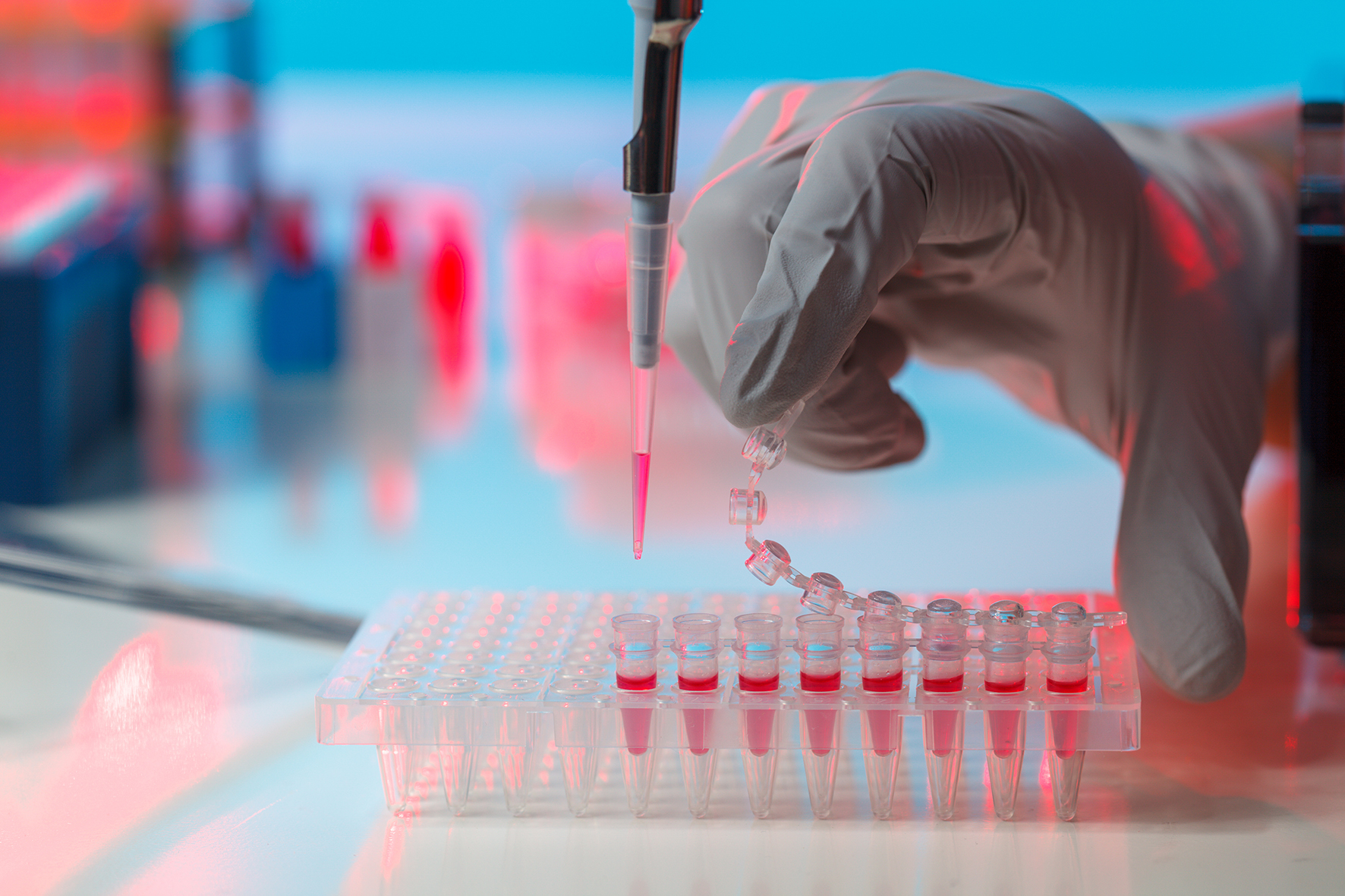What is the structure of Agarose?
Tue, 17/08/2021 - 07:28
Agarose is a polysaccharide which, together with agaropectin, creates Agar. This natural polysaccharide is part of the cell walls of certain red algae, such as the Gelidium and Gracilaria genuses, where it plays a structural role.
Once agarose is separated from agaropectin, its structure becomes a linear chain formed by β-D-galactopyranose linked with 3,6-anhydro-α-L-galactopyranose via 1-4 bonds. This unit is repeated along the chain and is called agarobiose. There may be charged groups in this chain, which are responsible for many of agarose's properties.
The structure of the agarose gel is a macroreticule stabilized by the formation of hydrogen bonds between the different agarose chains, which provides it with high strength, even at low concentrations.
These gels are thermo-reversible, offering an inert, non-toxic matrix with very special properties, making them indispensable in a multitude of cell biology, biochemistry and molecular biology techniques. These properties, such as gel strength, pore size or EEO (electroendosmosis) can be adjusted to meet the specific needs of our clients by careful selection of the raw material.
It is most commonly used for producing gels used for routine and quick separation of DNA/RNA fragments, as well as in other techniques such as plasmid preparation or in detection, cloning and transfer. In addition, agarose can be used to bind molecules such as antibodies or antigens to its structure and, less frequently, to repair damaged tissue.
At Hispanagar, we offer a wide catalog of agaroses. Contact us for further information.

